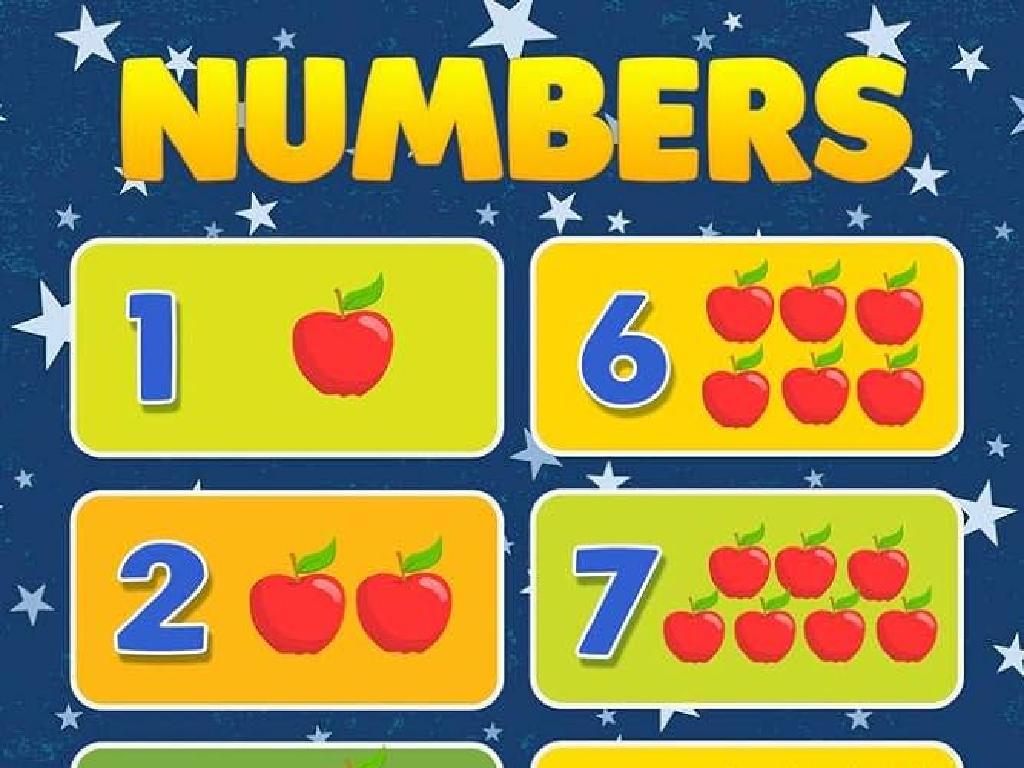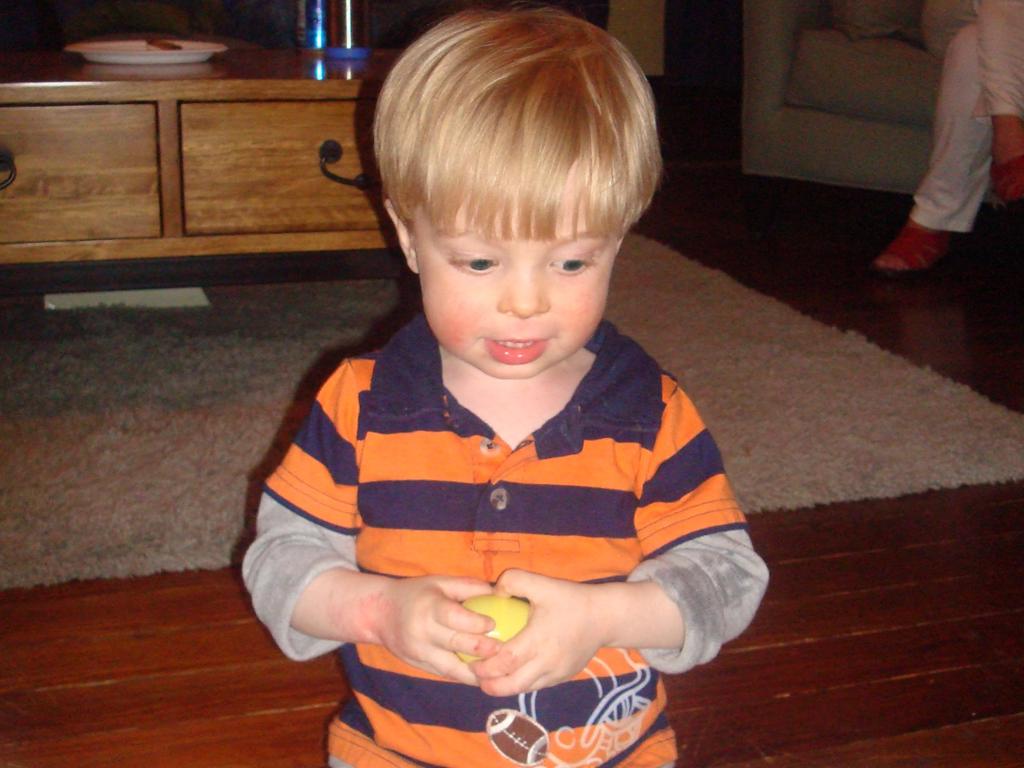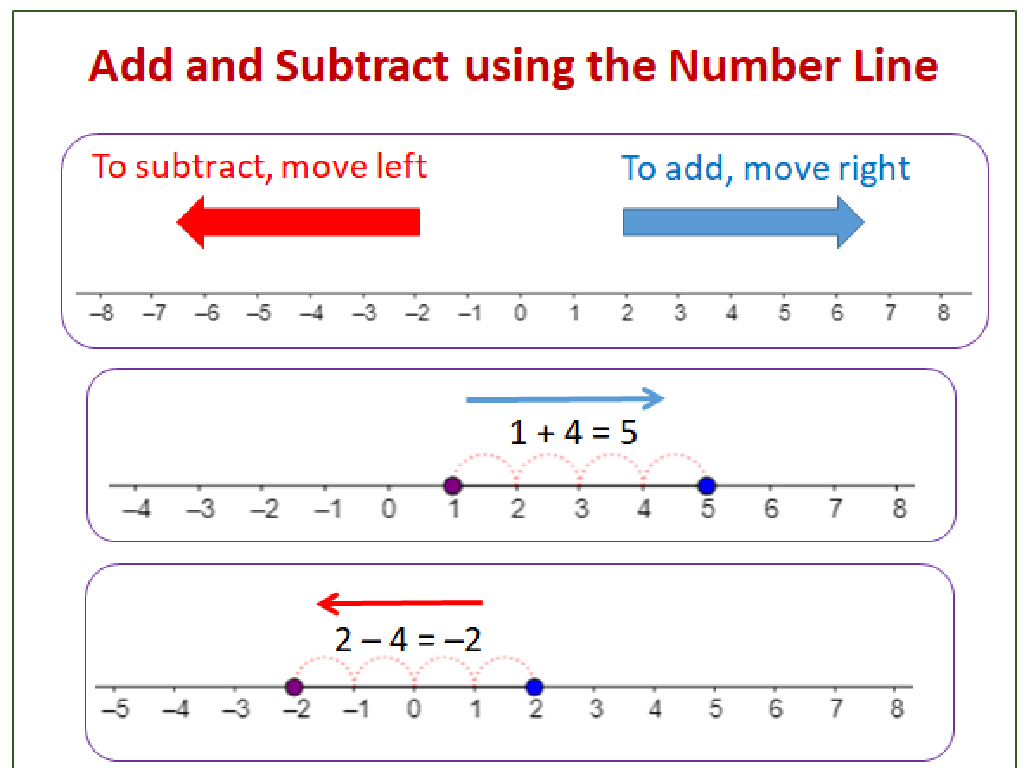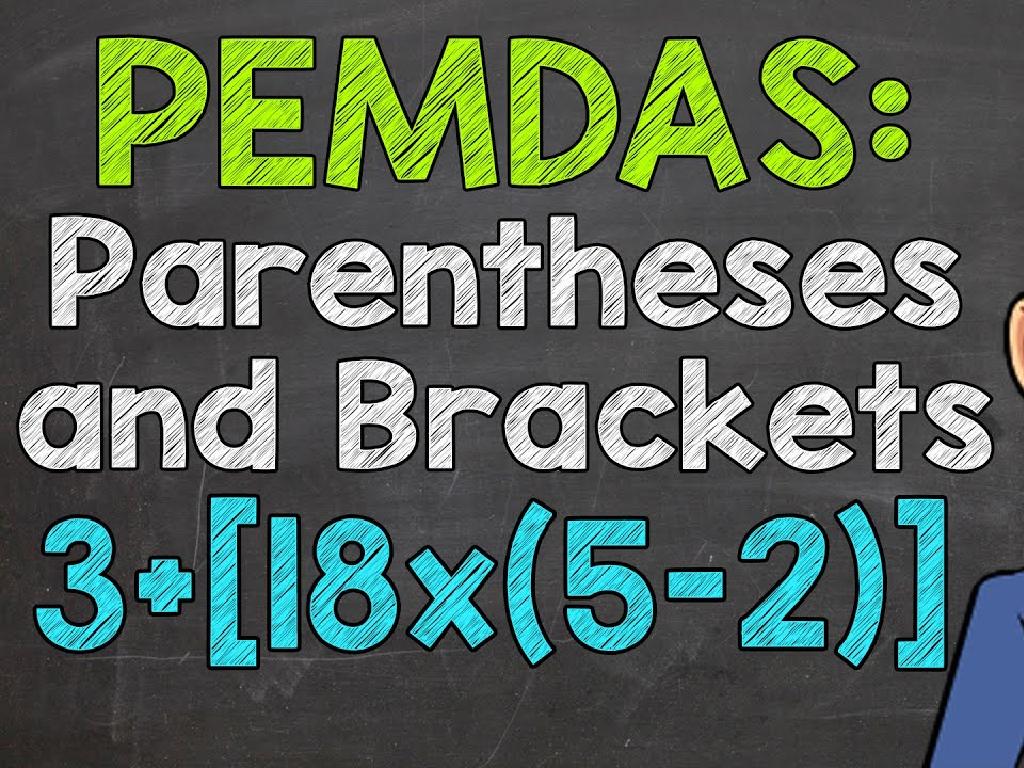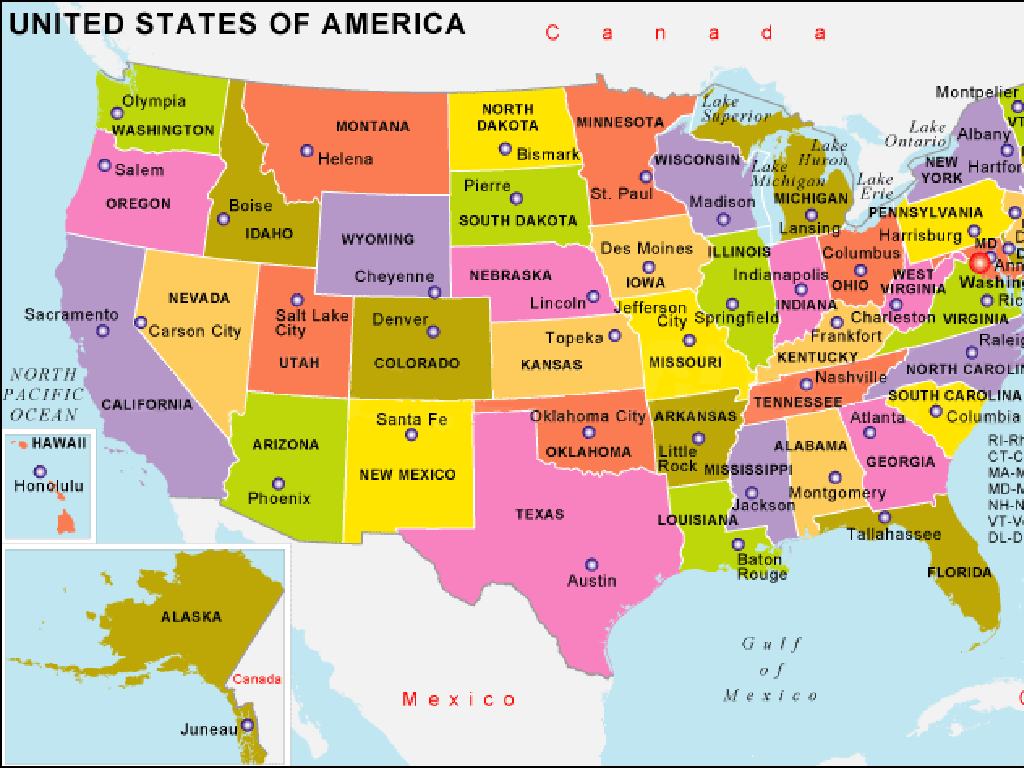Identify Physical And Chemical Changes
Subject: Science
Grade: Fourth grade
Topic: Physical And Chemical Change
Please LOG IN to download the presentation. Access is available to registered users only.
View More Content
Welcome to Physical and Chemical Changes!
– Exploring the world of matter
– Defining physical changes
– Physical changes don’t make new substances, like melting ice.
– Understanding chemical changes
– Chemical changes create new substances, like rusting iron.
– Observing changes in our environment
|
This slide introduces the concept of physical and chemical changes in matter, which is everything around us. Start by explaining that matter makes up everything in the world and can change in different ways. Physical changes involve a change in state or appearance without forming a new substance, such as water freezing or paper being cut. Chemical changes result in new substances being formed, such as a metal rusting or a banana ripening. Use everyday examples to help students relate to the material. Encourage them to think of other examples they’ve observed in their daily lives.
Exploring Matter: Forms and Changes
– Matter makes up everything
– Matter has three forms
– Solids, liquids, and gases
– Matter can change forms
– Like ice melting into water
– Observing matter’s changes
– Watch water boil into steam and freeze into ice
|
This slide introduces the concept of matter and its different forms to fourth-grade students. Begin by explaining that everything around us is made of matter, including ourselves. Highlight the three states of matter: solids, liquids, and gases, and provide everyday examples of each. Discuss how matter can change from one form to another, such as ice melting into water or water boiling into steam. Encourage students to think of other examples of matter changing forms that they’ve observed in their daily lives. This will set the foundation for understanding physical changes in matter, leading into the topic of physical and chemical changes.
Physical Changes in Matter
– Physical changes keep substances the same
– Examples: ice melting, paper tearing
– Water from ice can refreeze, torn paper shows same material
– Dissolving sugar in water
– Sugar water can be separated by evaporation
– Many physical changes can be undone
|
This slide introduces the concept of physical changes to students, emphasizing that the substances involved do not change into different substances. Use everyday examples to illustrate the point, such as melting ice, which turns into water but can be refrozen into ice, showing that the substance (water) remains the same. Explain that tearing paper does not change the paper into a different material; it just changes its shape and size. Highlight that dissolving sugar in water is a process that can be reversed by evaporation, leaving the sugar behind. Encourage students to think of other examples of physical changes and discuss whether those changes can be reversed.
Exploring Chemical Changes
– Chemical changes make new substances
– When substances react and change into entirely new substances
– Examples: rust, baking, digestion
– Rust forms on iron, cakes bake in the oven, food breaks down in our stomachs
– Not easily reversed
– Unlike physical changes, these are often permanent
– Chemical vs. Physical changes
– Helps us understand the difference between physical changes (like melting ice) and chemical changes
|
This slide introduces students to the concept of chemical changes, emphasizing that new substances are created as a result. Use everyday examples to illustrate chemical changes, such as rusting iron, baking a cake, and digesting food, which are tangible and relatable to the students. Highlight the fact that chemical changes are generally not easily reversed, which differentiates them from physical changes. Encourage students to think of other examples of chemical changes they may have observed in their daily lives. Discuss the importance of understanding the difference between physical and chemical changes in the context of science and our environment.
Identifying Physical Changes
– Changes in shape, size, and state
– Like squashing a can or melting ice
– No new color or gas production
– Substance identity remains
– Water freezing or paper cut into shapes
– Examples of physical changes
– Tearing paper, freezing water, and stretching rubber
|
This slide aims to help students recognize physical changes in matter. Physical changes can be observed when a substance alters its form, such as changing shape, size, or transitioning from solid to liquid (or vice versa), but its chemical identity remains the same. It’s important to note that no new substances are formed during a physical change. For instance, when water freezes to become ice, it changes state but is still water. Encourage students to think of examples from daily life where they observe physical changes. During the presentation, demonstrate simple physical changes, like tearing paper or melting ice, to give students a clear understanding of the concept.
Identifying Chemical Changes
– Signs of chemical changes
– Gas, temperature shift, or color alteration indicates a chemical change.
– Substance transforms
– The original material turns into a new substance with different properties.
– Production of energy
– Light, heat, or sound may be emitted during a chemical reaction.
– Examples in everyday life
– Baking a cake, rusting iron, and fireworks.
|
This slide aims to help students recognize chemical changes through observable signs such as the production of gas, changes in temperature, or color shifts. Emphasize that a chemical change means the original substance is altered at the molecular level, resulting in a new material with different characteristics. Examples like combustion producing light and heat, or the sound from fireworks, can illustrate the concept. Relate the content to everyday experiences such as baking, where ingredients mix and change to become a cake, or rust forming on iron, to make the concept more tangible for fourth graders.
Let’s Experiment with Physical & Chemical Changes!
– Observe changes in an experiment
– Safety is our top priority
– Protect your eyes and hands during the experiment
– Wear your goggles and gloves
– Notice physical vs chemical changes
– Physical changes don’t make new substances; chemical changes do
|
This slide introduces a hands-on experiment to help students identify and differentiate between physical and chemical changes. Emphasize the importance of safety by wearing protective gear. During the experiment, guide students to observe and note the characteristics of physical changes, such as changes in shape or state, and chemical changes, which result in new substances being formed. Examples of activities could include melting ice (physical change) and mixing vinegar and baking soda to produce carbon dioxide (chemical change). Encourage students to ask questions and make predictions about the changes they observe.
Class Activity: Observing Changes
– Observe ice melting process
– Watch and record paper tearing
– Vinegar and baking soda reaction
– Notice the fizz? That’s a clue!
– Classify changes as physical or chemical
– Think about what’s different and why
|
This activity is designed to help students differentiate between physical and chemical changes through direct observation. Provide each student or group with ice, paper, vinegar, and baking soda. As they observe the ice melting, guide them to note changes in state but not in substance. When tearing paper, they should see that it changes shape but not what it’s made of. The vinegar and baking soda reaction will produce bubbles and new substances, indicating a chemical change. Encourage students to use their senses to make observations. After the activity, discuss as a class why each change is physical or chemical. Possible activities for different students could include observing rusting iron, dissolving sugar in water, or burning a candle.
Conclusion: Physical vs. Chemical Changes
– Recap of physical changes
– Physical changes don’t make new substances, like melting ice.
– Recap of chemical changes
– Chemical changes create new substances, like rusting iron.
– Everyday examples
– Tearing paper, freezing water / Baking a cake, digesting food.
– Keep observing and questioning
|
As we wrap up today’s lesson, let’s review what we’ve learned about physical and chemical changes. Physical changes involve a change in state or appearance without forming a new substance, such as ice melting into water. Chemical changes result in new substances being formed, such as a nail rusting. Encourage students to think of examples they’ve observed in their daily lives, like tearing paper or baking a cake. Emphasize the importance of observation and inquiry in science, and how asking questions leads to discovery and understanding. This reflection reinforces the concepts and encourages students to apply their knowledge outside the classroom.
Homework Challenge: Change Detectives
– Find changes at home or outside
– Observe physical and chemical changes
– Physical changes don’t make new substances, like melting ice. Chemical changes create new substances, like rusting iron.
– Record your observations
– Note color, shape, temperature, or new substances formed.
– Share your discoveries next class
|
This homework activity is designed to engage students with practical examples of physical and chemical changes in their everyday environment. Encourage them to be observant and look for changes that occur around them, such as water boiling, ice melting, or leaves changing color. They should note their observations, focusing on details that indicate whether a physical or chemical change has taken place. In the next class, students will have the opportunity to discuss their findings, which will reinforce their understanding of the concepts and allow them to learn from each other’s observations.

